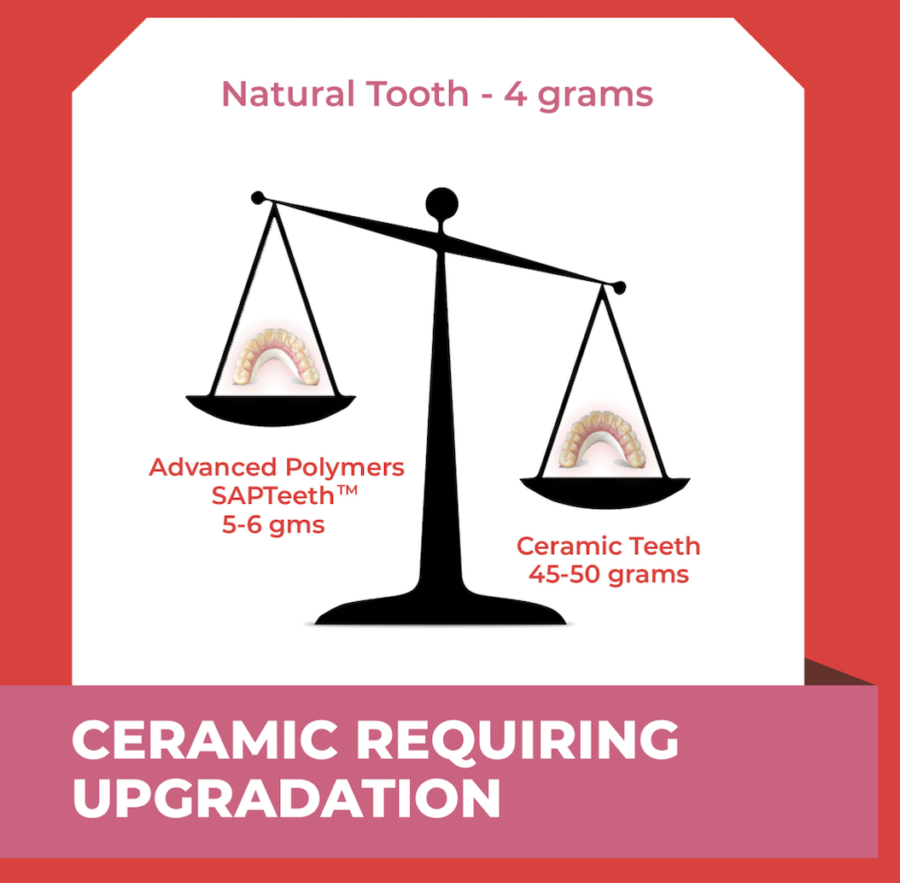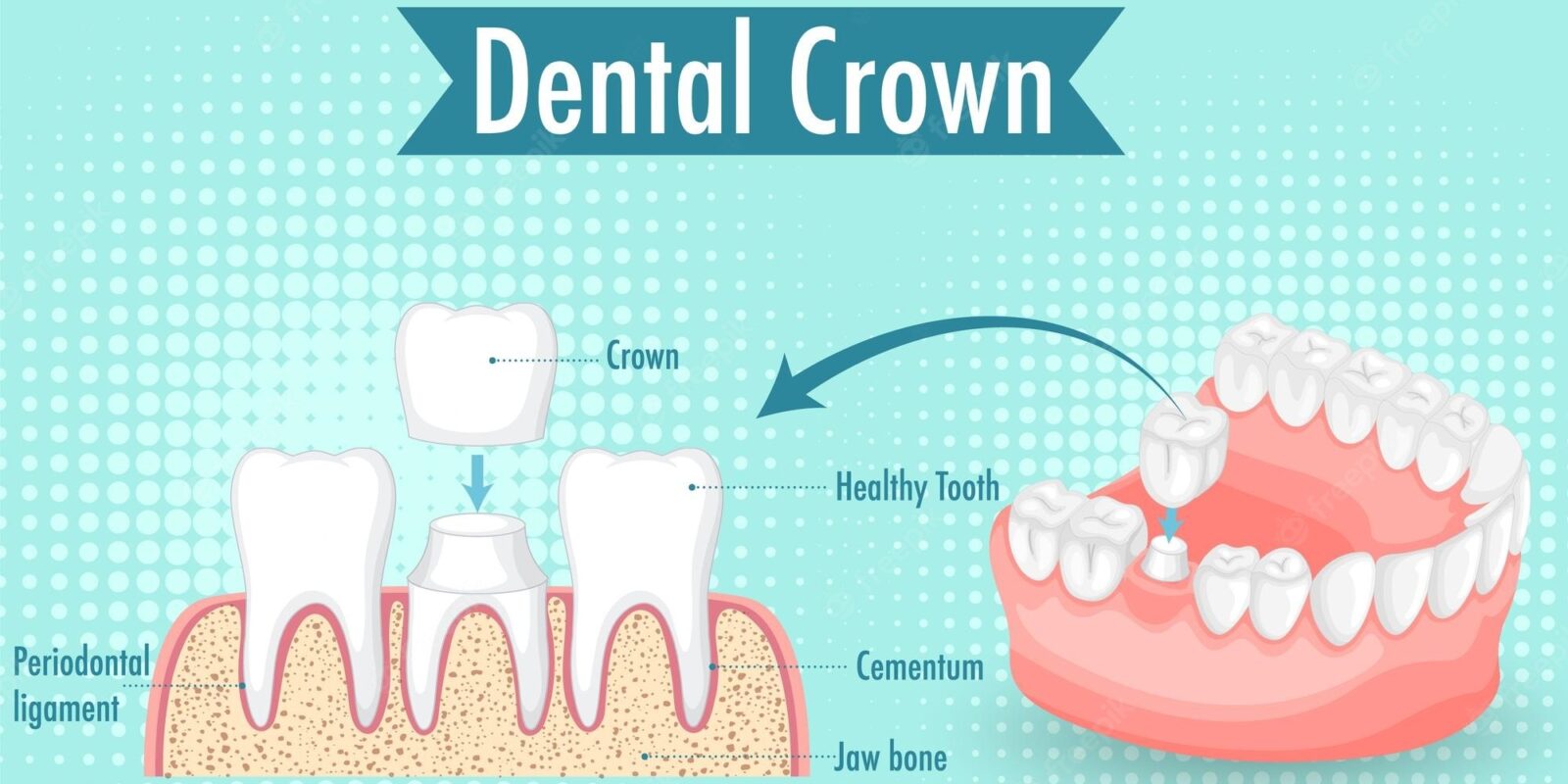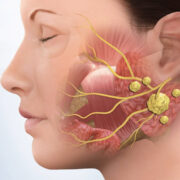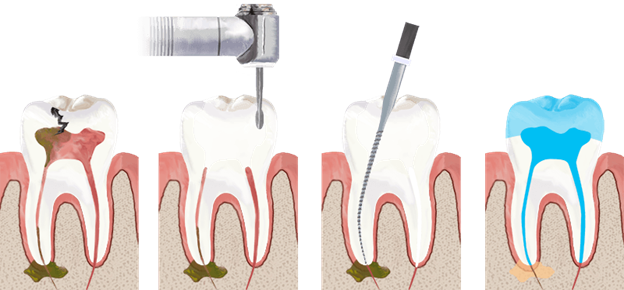Gum swelling after crown placement is a common occurrence, typically caused by the natural inflammatory response of the body to the procedure. While the swelling is usually mild and subsides within a few days, it can be uncomfortable and cause sensitivity. If you’ve recently had a dental crown or bridge fixed or have had it for years, you may be experiencing gum swelling around the affected area. While this is a common side effect of the procedure, it can be uncomfortable and even painful. But fear not, because we have the ultimate guide to dealing with gum swelling after crown or bridge fixing. In this comprehensive guide, we’ll try to cover everything you need to know about the causes of gum swelling, how to alleviate the discomfort, and tips for preventing it from occurring in the future. Whether you’re a first-time crown or bridge patient or you’ve experienced gum swelling before, this guide is your go-to resource for navigating this common dental issue.
Understanding Gum Swelling after Crown or Bridge
Dental crowns and bridges are commonly used to replace missing or damaged teeth. They are fixed in place using cement or adhesive, which holds them securely in place. However, the placement of a crown or bridge can sometimes cause swelling in the gum tissue surrounding the affected tooth or teeth. This swelling is a natural response of the body’s immune system to the presence of foreign material in the mouth.

Gingival swelling after cap or bridge fixing can be caused by several factors. One of the most common causes is the use of dental cement or adhesive to fix the crown or bridge in place. These materials can irritate the gum tissue, causing it to become inflamed and swollen. Another cause of gum swelling after crown or bridge fixing is the use of an ill-fitting crown or bridge. If the crown or bridge is too large or too small, it can cause pressure on the surrounding gum tissue, leading to swelling and discomfort.
Gums swelling after crown or bridge fixing can also be caused by poor oral hygiene. This is one of the most common reasons for some swelling. If you do not brush your teeth and gums regularly, bacteria can build up around the crown or bridge, leading to inflammation and swelling of the gum tissue. In rare cases, gum swelling after crown or bridge fixing can be a sign of an underlying dental problem, such as a gum infection or tooth decay.
Causes of Gum Inflammation After Crown Placement
Gum inflammation, also known as gingivitis, is a common complication following crown placement. It can arise due to various factors, including:
- Irritation from the dental cement: The dental cement used to secure the crown can sometimes irritate the surrounding gum tissue, leading to inflammation and redness.
- Improper crown placement: If the crown is not properly fitted or aligned, it can cause excessive pressure on the surrounding gums, leading to inflammation and discomfort.
- Poor oral hygiene: Bacteria buildup around the crown can trigger an inflammatory response in the gums. This is especially common if brushing and flossing are not done effectively.
- Allergic reaction: Some individuals may have an allergic reaction to the materials used in the crown, such as nickel or latex, causing gum inflammation.
- Underlying gum disease: If the patient has preexisting gum disease, the placement of a crown can worsen the condition, leading to increased inflammation and sensitivity.
- Bruxism: Habitual teeth grinding or clenching (bruxism) can put excessive pressure on the gums around the crown, contributing to inflammation.
- Trauma: Accidental injury to the gum tissue during the crown placement procedure can also trigger inflammation.
- Infection: If bacteria enter the space between the crown and the tooth, it can lead to an infection, causing gum inflammation, redness, and pain.
- Marginal bone loss: Bone loss around the tooth can create a deeper space between the gum and the crown, making it more difficult to clean and increasing the risk of inflammation.
- Smoking: Smoking can impair blood flow to the gums and slow down the healing process, making them more susceptible to inflammation.
If you experience gum inflammation after crown placement, it’s essential to practice good oral hygiene, maintain a soft diet, and avoid smoking. If the inflammation persists or worsens, consult our dentist below for proper evaluation and treatment.
Symptoms of Gum Swelling after Crown Fixing
Gum swelling after crown or bridge fixing can cause a range of symptoms, including pain, tenderness, and redness around the affected tooth or teeth. You may also experience difficulty chewing or speaking, as well as sensitivity to hot or cold temperatures.
In some cases, the swelling may be accompanied by bleeding or discharge from the affected area. In other cases, it may cause loosening of the crown or bridge as well. If you experience any of these symptoms, it is important to seek treatment as soon as possible. Left untreated, gum swelling after crown or bridge fixing can lead to more serious dental problems, such as gum disease or tooth loss.
How to Reduce Gum Swelling?
Fortunately, there are several home remedies that can help alleviate the discomfort of gum swelling after crown or bridge fixing. This can help reduce inflammation by reducing bacterial load and promote healing of the affected gum tissue.
Vertical brushing and gum massage can remove the debris and plaque which would result in good oral hygiene.
Home Remedies for Gum Swelling
- Ice application: Applying an ice pack to the affected area for 20 minutes at a time, with 20-minute breaks in between, can help reduce inflammation and swelling. Wrap the ice pack in a towel to prevent direct skin contact.
- Warm salt water rinses: Rinsing your mouth with warm salt water several times a day can help soothe the gums and reduce swelling. Dissolve a teaspoon of salt in eight ounces of warm water.
- Over-the-counter pain relievers: Over-the-counter pain relievers like ibuprofen or acetaminophen can help alleviate discomfort and reduce inflammation. Follow the recommended dosage on the label.
- Gentle brushing and flossing: Gently brush and floss around the crowned tooth to maintain good oral hygiene and prevent infection, which can worsen swelling. Use a soft-bristled toothbrush and avoid vigorous brushing.
Medications for Gum Swelling after Crown or Bridge Fixing
In some cases, your dentist may prescribe medication to help reduce gum swelling after crown or bridge fixing. One common medication used for this purpose is an anti-inflammatory drug, such as ibuprofen or naproxen. These medications can help reduce inflammation and swelling, as well as alleviate pain and discomfort.

In more severe cases, your dentist may prescribe a corticosteroid medication, such as prednisone. These medications are more powerful than over-the-counter pain relievers and can help reduce inflammation and swelling more effectively. However, they also carry a higher risk of side effects, so they should only be used under the guidance of a healthcare professional.
Seek Professional Help: Gum Swelling after Crown
While gum swelling after crown or bridge fixing is a common side effect of the procedure, it is important to seek professional help if you experience persistent or severe symptoms. If you experience any of the following symptoms, you should consult your dentist as soon as possible:
- Persistent or severe pain
- Loosen of prosthesis
- Pus or discharge from the affected area
- Fever or chills
- Difficulty swallowing or breathing
- Swelling of the face or neck
These symptoms may be a sign of a more serious dental problem, such as a gum infection or abscess. Your dentist can examine your mouth and determine the cause of your symptoms, as well as recommend appropriate treatment.
Tips for Maintaining Good Oral Hygiene after Crown
Maintaining good oral hygiene is key to preventing gum swelling after crown or bridge fixing. Be sure to brush your teeth twice a day with fluoride toothpaste and floss once a day to remove plaque and bacteria from your mouth. Vertical brushing is the key to keeping the gums clean.
If you have a crown or bridge, it is important to brush and clean around the affected tooth or teeth carefully to prevent the build-up of bacteria and plaque. You may also want to use a non-alcoholic antimicrobial mouthwash to kill bacteria and freshen your breath.
Regular dental check-ups and cleanings are also essential for maintaining good oral health. Timely upgradation of your prosthesis also helps prevent inflammation. Your dentist can examine your mouth for signs of gum disease or other dental problems and provide treatment as needed.
Prevent Gum Swelling after Crown – Tips for Before and After
There are several steps you can take to prevent gum swelling after crown or bridge fixing. Before the procedure, be sure to discuss any concerns you have with your dentist and ask about the materials and techniques that will be used.
After the procedure, be sure to follow your dentist’s instructions for caring for your crown or bridge. This may include avoiding hard or sticky foods for a few days and using a special floss or brush to clean around the affected tooth or teeth.
You should also continue to practice good oral hygiene and schedule regular dental check-ups and cleanings to maintain the health of your teeth and gums.
FAQs: Gum Swelling after Crown or Bridge Fixing
Q: Is gum swelling after crown or bridge fixing normal?
A: Yes, gum swelling is a common side effect of the procedure.
Q: How long does gum swelling last after cap or bridge fixing?
A: Gum swelling usually lasts for a few days to a week after the procedure.
Q: What can I do to reduce gum swelling after teeth fixing?
A: Home remedies such as rinsing with warm salt water and applying a cold compress can help reduce gum swelling. A good massage of gums with gum paint or toothpaste also helps.
Q: When should I seek professional help for gum swelling after crown or bridge fixing?
A: You should seek professional help if you experience persistent or severe symptoms, such as pain, pus, or difficulty breathing.
Q: How can I prevent gum swelling after cap or bridge fixing?
A: Maintaining good oral hygiene and following your dentist’s instructions for caring for your crown or bridge can help prevent gum swelling.
Conclusion
Gum swelling after crown or bridge fixing is a common side effect of the procedure, but it can be uncomfortable and even painful. Fortunately, there are several home remedies and medications that can help alleviate the discomfort of gum swelling. Maintaining good oral hygiene and following your dentist’s instructions for caring for your crown or bridge can also help prevent gum swelling from occurring in the future. If you experience persistent or severe symptoms, be sure to seek professional help from your dentist. With these tips and tricks, you can navigate this common dental issue and maintain the health of your teeth and gums.
© All rights reserved by Royal Dental Implants Pvt Ltd
Issued in public interest






